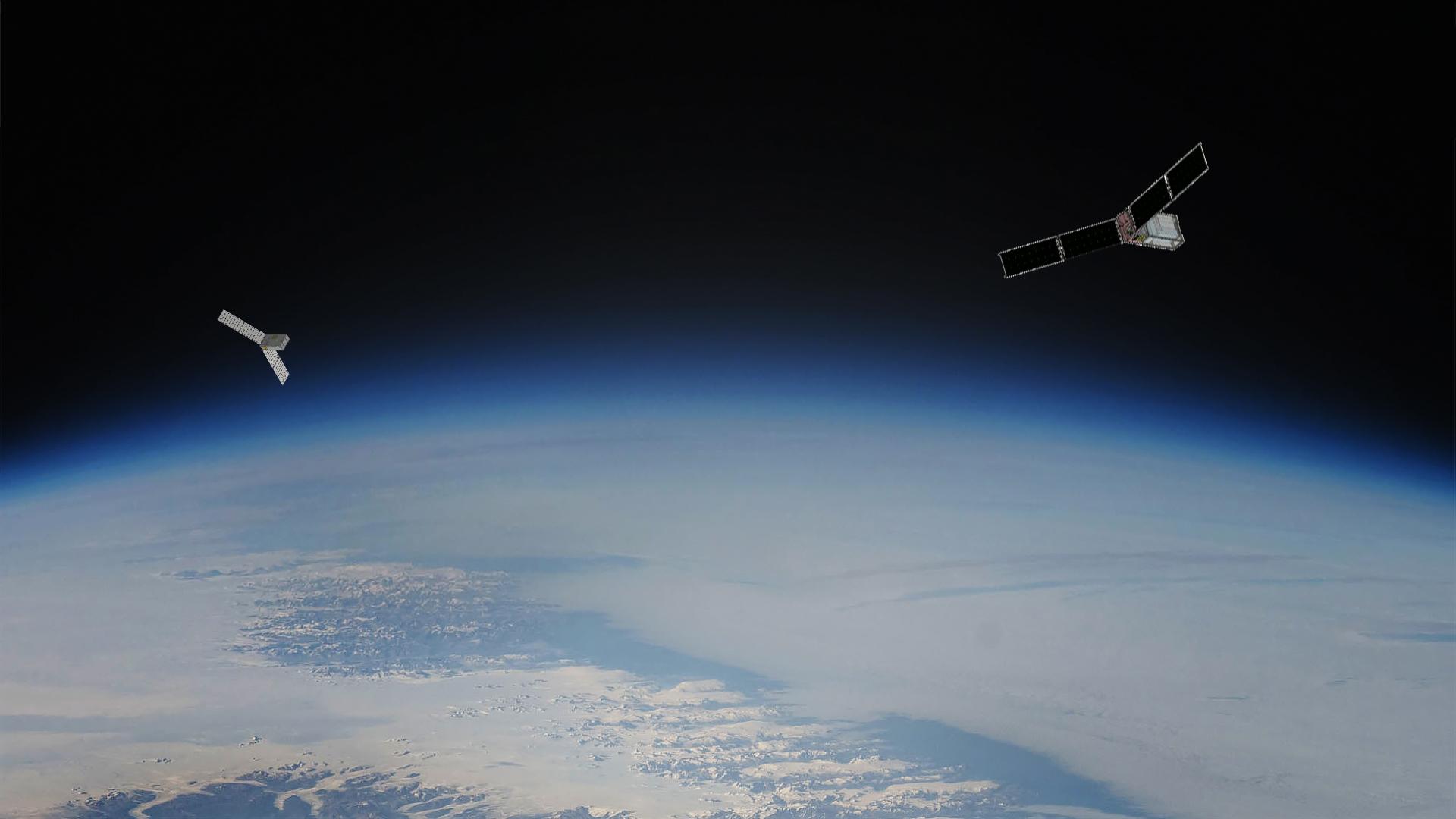NASA’s Advanced Composite Solar Sail System has now connected with ground operators following its April 23 launch aboard Rocket Lab’s Electron rocket. The satellite is on its way to testing next-generation solar sail technology, which uses the power of sunlight to propel a spacecraft. The results from this mission will advance future space travel to expand our understanding of our Sun and solar system.
The spacecraft was successfully delivered to a type of low Earth orbit called a Sun-synchronous orbit. All systems show that the spacecraft is operational and healthy. Last night at 11:30 p.m. PDT (2:30 a.m. EDT), the microwave oven-sized CubeSat passed over the ground hub located at Santa Clara University’s Robotics Systems Lab in Santa Clara, California, and the mission team confirmed successful two-way communications.
Next, the CubeSat will undergo a one- to two-month commissioning phase to prepare for the solar sail deployment and maneuvering test. At this time, the sail remains within the body of the CubeSat. The mission operations team will set a date to unfurl the sail after all commissioning tasks have been completed. Once ready, the spacecraft will unroll it solar sail via four booms that span the diagonals of the square and unspool to reach 23 feet (about 7 meters) in length.
For ongoing mission updates, follow us on social media:
Twitter: @NASAAmes, @NASA
Facebook: NASA Ames, NASA
Instagram: @NASAAmes, @NASA
NASA Ames manages the Advanced Composite Solar Sail System project and designed and built the onboard camera diagnostic system. NASA Langley designed and built the deployable composite booms and solar sail system. NASA’s Small Spacecraft Technology (SST) program office based at NASA Ames and led by the agency’s Space Technology Mission Directorate (STMD), funds and manages the mission. NASA STMD’s Game Changing Development program developed the deployable composite boom technology. Rocket Lab USA, Inc of Long Beach, California is providing launch services. NanoAvionics is providing the spacecraft bus.

